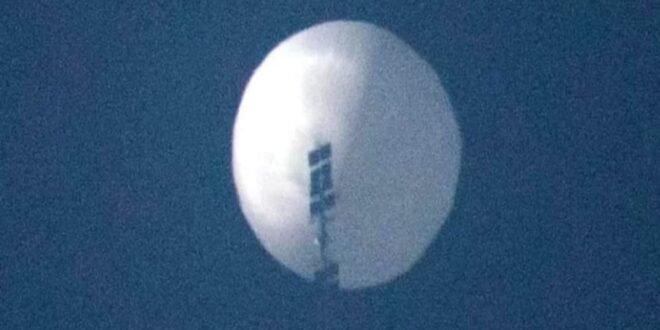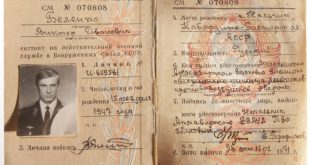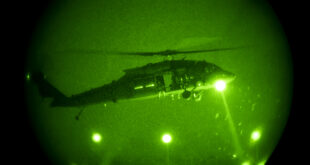Now that China’s spy balloon got busted flying over the United States, Beijing acknowledges that yes, it’s their balloon, but it’s not what everything thinks it is. The airship is really a weather balloon that blew off course, Beijing says.
Media outlets on Thursday night broke the news that NORAD, the North American Aerospace Defense Command, was tracking a high-altitude Chinese surveillance balloon as it floated above the northwestern United States.
Initially, ministry spokeswoman Mao Ning implied that the Peoples Republic of China didn’t know about the airship, and discouraged conjecture “before we have a clear understanding of the facts.”
Mao insisted that the PRC, which has a long history of sending spies into the United States, would not reconnoiter American territory.
“China is a responsible country that always abides by international law and has no intention of infringing on any country’s territory and airspace,” Mao said. “As for the balloon … we are looking into and verifying the situation and hope that both sides can handle this together calmly and carefully.”
Following U.S. messages sent “with urgency, through multiple channels,” as described by the Pentagon, Beijing announced its findings on the matter.
“The airship is from China,” the Foreign Ministry said on Friday. “It is a civilian airship used for research, mainly meteorological, purposes.”
READ MORE about Chinese espionage in the United States.
The balloon unfortunately was blown toward the United States, the ministry said.
“Affected by the Westerlies and with limited self-steering capability, the airship deviated far from its planned course,” the ministry said. “The Chinese side regrets the unintended entry of the airship into US airspace due to force majeure. The Chinese side will continue communicating with the US side and properly handle this unexpected situation caused by force majeure.“
The balloon created urgency within the Pentagon, prompting officials to convene a late afternoon press conference on short notice.
“We do not doubt that this is a [People’s Republic of China] balloon,” a senior defense official told reporters. “And that is an assessment shared across our intelligence and analytic community.” The balloon seemed to be lingering over an area where the U.S. has fields of nuclear-tipped intercontinental ballistic missiles, the official said.
“Clearly the intent of this balloon is for surveillance, and the current flight path does carry it over a number of sensitive sites,” the official said. “Our best assessment at the moment is that whatever the surveillance payload is on this balloon, it does not create significant value added over and above what the PRC is likely able to collect through things like satellites in low-Earth orbit. But out of an abundance of caution, we have taken additional mitigation steps.”
The U.S. government “acted immediately” to protect against the collection of sensitive information, Pentagon Press Secretary Air Force Brig. Gen. Pat Ryder said. He did not explain what measures were taken.
The U.S. has decided not to shoot down the balloon, following recommendations of the Chairman of the Joint Chiefs of Staff Army Gen. Mark A. Milley and Air Force Gen. Glen D. VanHerck, commander of U.S. Northern Command and the North American Aerospace Defense Command.
Other balloons have been spotted previously above the U.S., the official said, but noted that this balloon appears to be acting differently than its predecessors.
“It’s happened a handful of other times over the past few years, to include before this administration,” the official said. “It is appearing to hang out for a longer period of time, this time around, [and is] more persistent than in previous instances. That would be one distinguishing factor.”
Beijing so far is maintaining its narrative that the device is an errant weather balloon.
“We hope both sides can handle the matter together in a cool-headed and prudent manner,” Mao said.
 Soldier of Fortune Magazine The Journal of Professional Adventurers
Soldier of Fortune Magazine The Journal of Professional Adventurers






